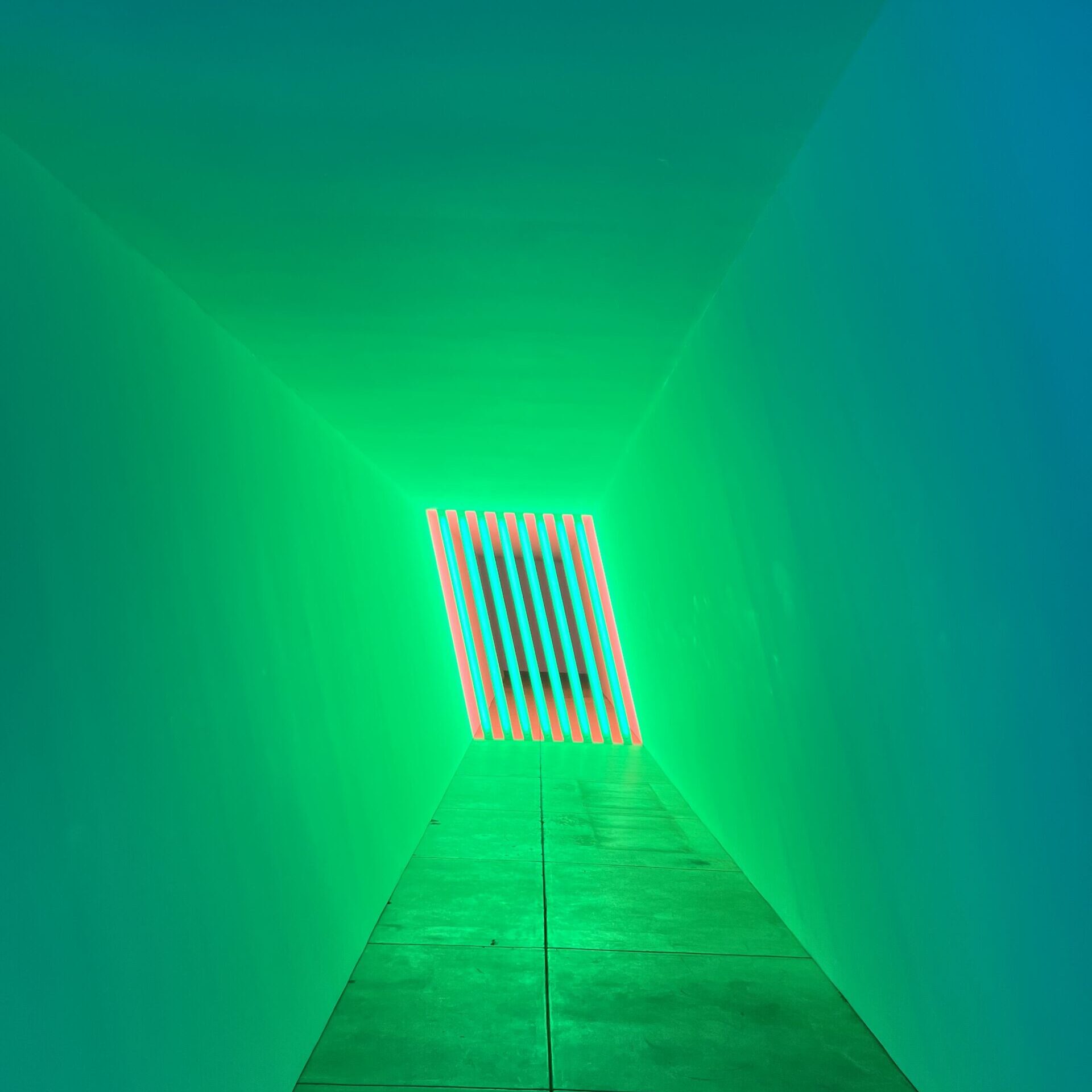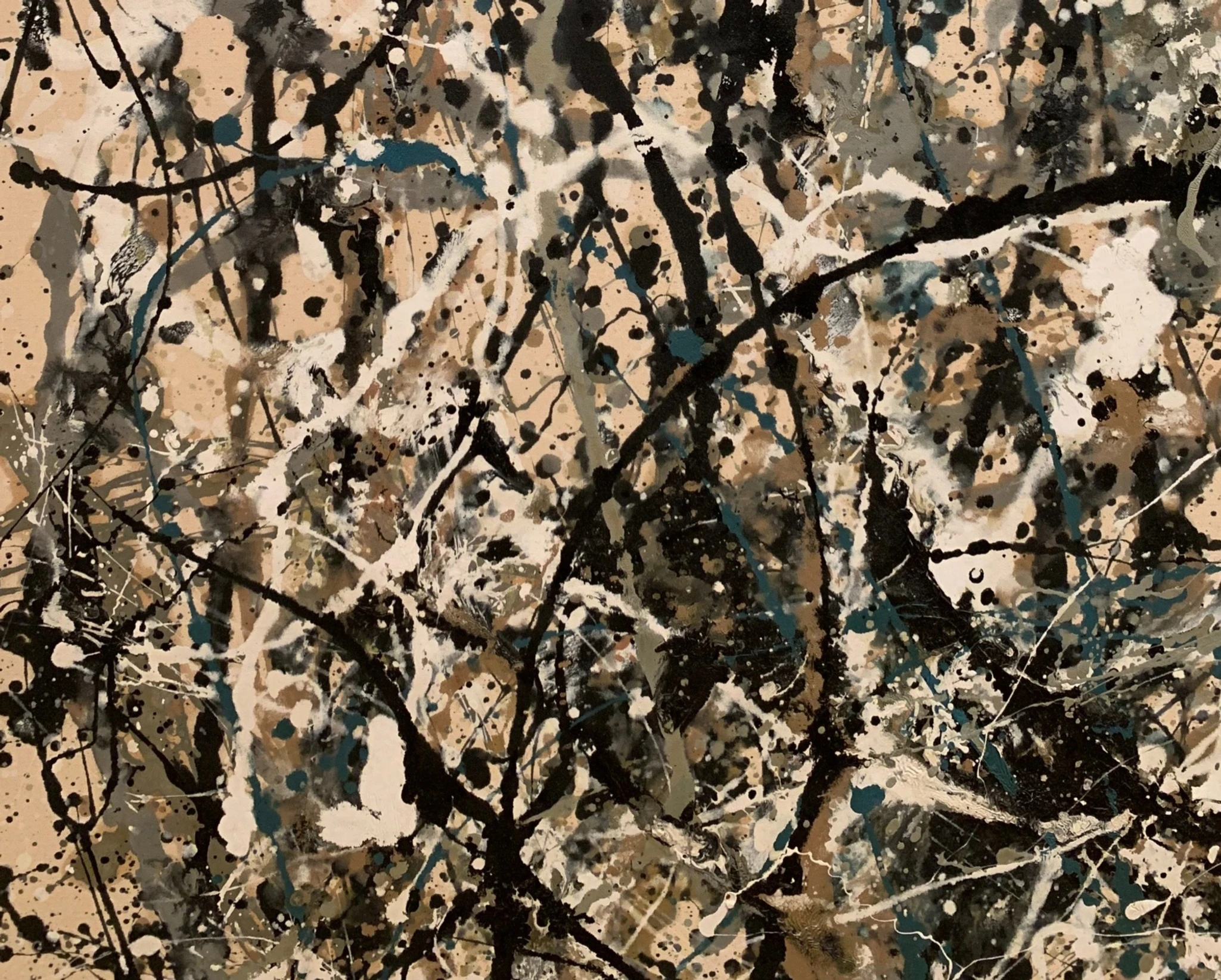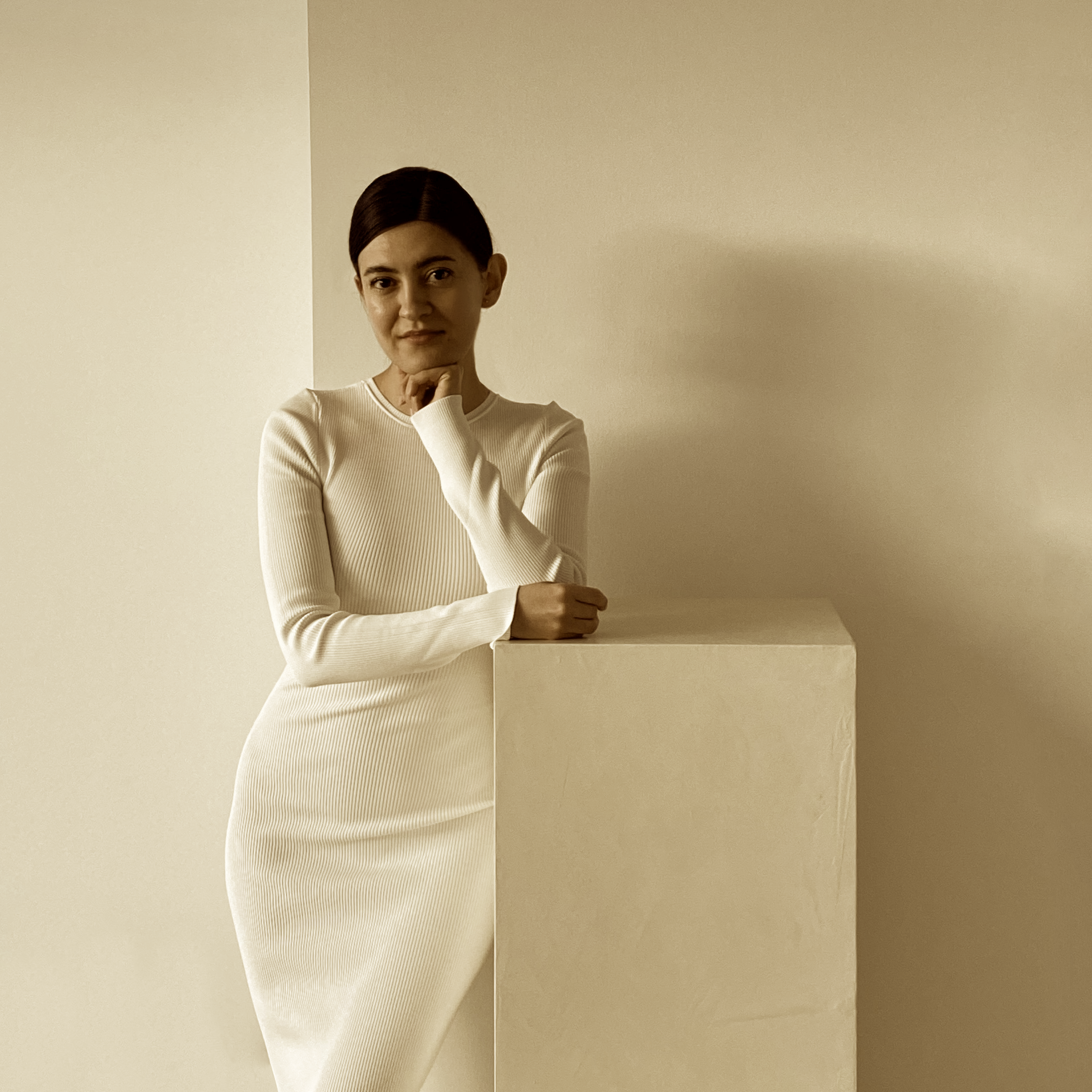
motion versus movement
Defining motion versus movement can be a tricky task. A Google search can show how these words are often used interchangeably. Yet, they each have their own meanings and usage, depending on the context of the message. For example, the word “move” is used more loosely and it is associated with multiple types of movement, some of which miss the actual form of physical motion. One example is when the word “move” describes the impact of an event, such as a concert that really moved us or moving closer to our goals. In these cases, movement is interpreted as a mental shift in perception and point of view rather than a physical shift. The concept of shift, however, exists regardless of the tangible or intangible type of movement.
motion versus movement
In physics, an object is in the state of rest when it is not changing position relative to a chosen frame of reference in a given time. In the state of motionless, the object has a constant time-invariant position. The frame of reference is based on our own point of location and reference so there is no absolute frame of reference.
For example, our body is perceived in the state of rest in reference to the planet earth but planet earth and our body are both in motion relative to the rotation of the planet earth around the sun. Therefore, our own perception of motion does not necessarily match other people’s perceptions, even when we observe the same visual stimulus. The lack of a defined frame of reference means everything around us, including ourselves, can be perceived in a constant state of motion. One of Newton’s laws of motion states that a motionless object remains motionless unless an external force is introduced. With the same law, an object already in motion will remain in motion unless an external force is introduced.
To summarize, motion is a measurable and formal definition of a physical change in an object’s location and/or orientation over a period of time. Movement is our perception of motion that can be interpreted more freely. Movement, in technical terms, is a shift in an actual distance from point A to point B. Movement can be self-motion, object movement or eye movement-based motion. Movement can also refer to an intangible shift of belonging over a period of time, such as a change in our point of view. A change in time is a constant factor when discussing motion and movement.

visual system, brain & motion perception
Motion perception is the process of analyzing and digesting our own or other objects’ orientation and position within a “frame of reference”. Motion perception involves our visual system and different parts of our brain.
Most of our interactions with external stimuli start with light passing through an object and its reflection hitting the retina of our eyes. This visual data is communicated with our brain through neural circuits. Our brain then processes the signals received in Visual Cortex. A study by a few Harvard Researchers showed new insights into the relationship between movement and vision. Visual data signals from a sensory stimulus travel through neural circuits in a one-way path to the Visual Cortex part of our brain. Then our brain processes information and we see and interpret the world around us. The new research found that the visual cortex also receives data from the Motor Cortex, an independent part of our brain that processes motion. The study suggested that Motor Cortex can process self-movements even without visual data (with our eyes closed).
the relationship between vision & movement
There are multiple types of eye movements, one of which is saccade. Saccades are rapid eye movements or small jumps that change the point of fixation over a period of time. Saccade movements are often unconscious movements while also voluntary. The process includes small quick jumps, stops (saccade) and moving very quickly between the stops.
Saccade movements can be small, like when we move our eyes around a newspaper to read the words. These movements can also have larger multitudes, such as gazing around a room. Our eyes take snapshots of interesting and specific parts of the visual scene through these small jumps. These snapshots are communicated with the brain, where they are interpreted into a 3-D mental map of the visual event. So in saccade, we don’t see the entire space but enough essential parts to make sense of the space.
Another type of eye movement is smooth pursuit movement. Smooth pursuit movements have a much slower and constant movement rate compared to saccades. These movements allow us to keep a smooth image of a moving object. We often use smooth pursuit movements to track a moving object in our visual field. Most people can’t effectively use smooth pursuit movements to keep a consistent and smooth image of a stationary object through eye-based movements.
motion & optical illusion
Vection is an optical illusion of self-motion that falsifies a sense of movement in us when, in reality, we are at the state of rest compared to the same frame of reference. In other words, it feels like our body is moving but in reality, we are not moving.
An excellent example of Vection is the common train experience. When we sit in a train in a stationary state and another train moves past our train, it might seem like our train is moving. Our background can heavily influence our motion perception. In the case of Vection, when a large part of what we see in our visual field is moving, we also experience motion.
An article on Cell-Current Biology by Robert J. Snowden and Tom C. A. Freeman (see under References) adds an interesting angle to this phenomenon. The article discusses the impact of the size and the background of our visual field during this optical illusion. The article discusses how movie theaters use large screens to create an illusion of movement to make the experience seem as realistic as possible. They suggest that the self-motion we might experience in the movie theater is not just because of the large screens that can make the background less stable. But the background itself plays a role. If we sense that the walls are moving, our brain interprets this movement as our body moving because it’s less likely that the walls would move. So we feel like we are moving and the background is stable.

In the real world, motion perception is a complex process of movements with expansion and deformation at different speeds, rotations and complex patterns and interactions. One good example of such an event is Optic Flow. Optic Flow is a complex process of simultaneous movements and their interactions. While this article won’t allow the time and space to discuss all these, we will expand on this topic in future articles.
Many studies have examined the relationship between motion and vision, notably, the relationship between speed, light, angle and orientation of motion and our visual system (Direction Selectivity). For example, some nerve cells in our visual cortex respond to a moving object depending on its right-to-left orientation versus the left-to-right orientation. Some of these cells are sensitive to the direction and orientation of motion. Therefore, they only respond to movements within their selective direction preference and stay silent during other types of movements.

- Stare at the center of the image in Figure 2 (the plus sign in black). You should see no changes.
- Now stare at the same place, the center of the image, and this time rock your body back and forth while starring at the plus sign. You should see the patterns rotating as this motion projected onto the circular patterns in the image.
movement answers to movement
Raphael was an influential Italian painter during the High Renaissance Period. Raphael influenced art during the Renaissance period and beyond through the balance and ease of composition in his paintings. He achieved harmony by balancing movement to movement and form to form. Raphael often emphasized balancing free movements and forms in his paintings to achieve a mathematical harmony of the whole image.
When we look at his paintings, we can see the lines and forms are carefully placed as each line responds to another line in the scene. These shape and movement alignments can be seen less or more in almost all of his paintings. For example, suppose we were to divide one of his paintings into 4 parts; we can then see the movement on one side carefully mimicking and complementing the movements on all other sides.
This careful composition of movements and lines manipulates the direction, orientation and extension of our eye movements. It seems Raphael wanted to take us on a journey where he tells his story one movement at a time. Let’s look at his painting “The nymph Galatea”, Figure 3, and observe the whole painting rather than each part of it. We can see the story unfolding easily with no blunt force or interruption. Yet, the lines and forms give directional eye-base movement clues. When looking at the whole, we might not notice the perfect alignment of direction and placement of each movement and line. Still, we can feel their presence in the ease of the composition and the clarity of the story.
The book Story of Art by E.H. Gombrich perfectly analyses the movement and harmony in this painting, “The nymph Galatea” Figure 3. The painting has a non-realistic background with freely moving figures taking most of the space. There are many constant movements and figures in the scene in all directions and orientations. Still, the entire composition stays calm and balanced instead of restless or rigid.
One example of movement answering to a counter-movement in this painting, as Gombrich points out, can be seen in the cupids and the lines of their arrows. The 3 cupids are carefully arranged, with the top right movements echoing the left side’s. The same type of alignment can be seen in the characters around the nymph, covering the more visually heavy part of the painting. These characters as well respond to one another, even though they are not entirely symmetrical. One way or another, all these movements are mirrored in the main character, the Galatea herself. Each movement in her body responds to another movement in the painting. And yet, the movements feel natural and necessary, as if they are a part of the story rather than just creating a perfect composition.
The painting’s constant movement and circular motion bring a sense of movement and motion illusion to the viewer. So we, as well, can feel and experience some of the action that is going on in this story.
references:
- Britannica, T. Editors of Encyclopaedia (2020, February 3). Newton’s laws of motion. Encyclopedia Britannica. https://www.britannica.com/science/Newtons-laws-of-motion
- Jones, C. P. (2019). How Raphael Composed His Paintings – Thinksheet. Medium. https://medium.com/thinksheet/how-raphael-composed-his-paintings-724a7208b600#:%7E:text=Perhaps%20more%20than%20any%20other,Madonna%20and%20Child%20with%20St.&text=Nicholas%20of%20Bari%E2%80%9D%20(1505)%2C%20by%20Raphael
- Purves, D., Augustine, G. J., & Fitzpatrick, D. (2001). Types of Eye Movements and Their Functions – Neuroscience – NCBI Bookshelf. National Center for Biotechnology Information. https://www.ncbi.nlm.nih.gov/books/NBK10991/
- Siliezar, J. (2020). Harvard scientists find vision relates to movement. Harvard Gazette. https://news.harvard.edu/gazette/story/2020/08/harvard-scientists-find-vision-relates-to-movement/
- Snowden, R. J., & Freeman, T. C. (2004). The visual perception of motion. Current Biology, 14(19), R828–R831. https://doi.org/10.1016/j.cub.2004.09.033
image credits:
- bluebeige designs off duty- archive
- npr
- medium.com
subscribe to our newsletter

my name is aidin belganeh and i am the founder and chief creative director at bluebeige designs. i graduated with a bba degree in marketing from southern methodist university in 2012. while working in creative marketing and ux design, i realized my passion for architecture and design. i then enrolled at new york school of interior design, nysid, to pursue a career in interior design.
i started bluebeige designs shortly after. bluebeige designs is a design studio focusing on creating beauty through simple plain spaces. bluebeige designs magazine is an extension of our brand to explore interesting topics through the lens of architecture and psychology. our articles are in scholarly writing to explore the connections between science, art, design and architecture.
our articles put a spotlight on topics that can help us understand the world around us or change the way we see or perceive it. each article is carefully curated and referenced through data-based research and studies.